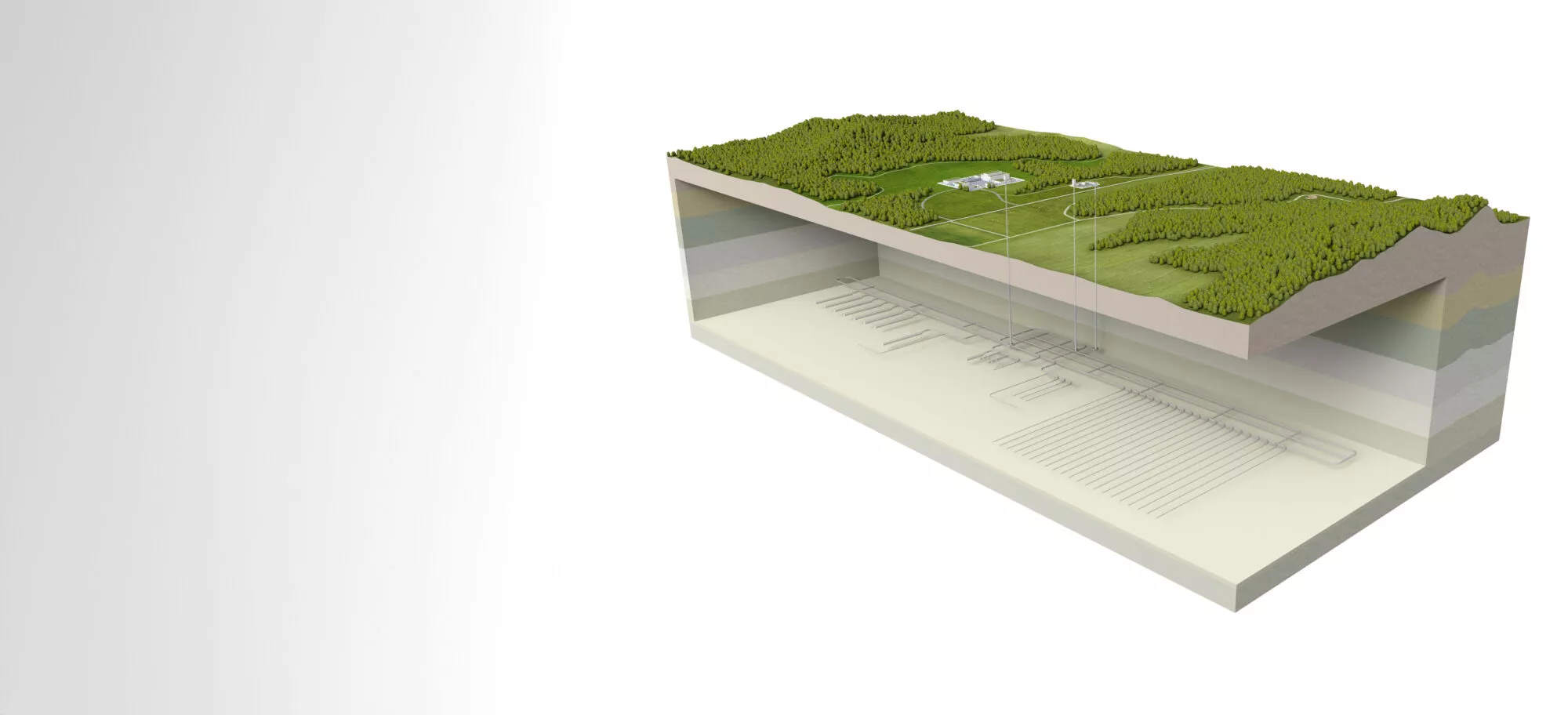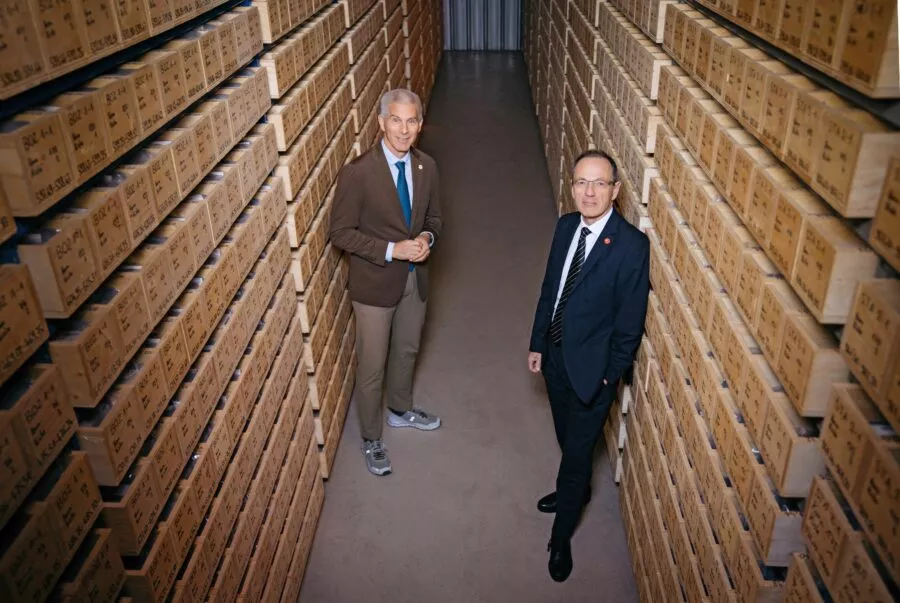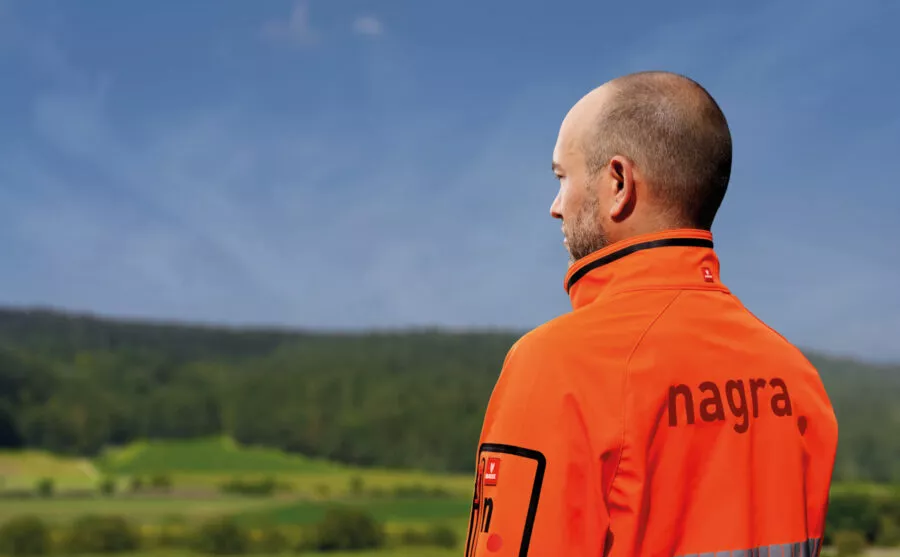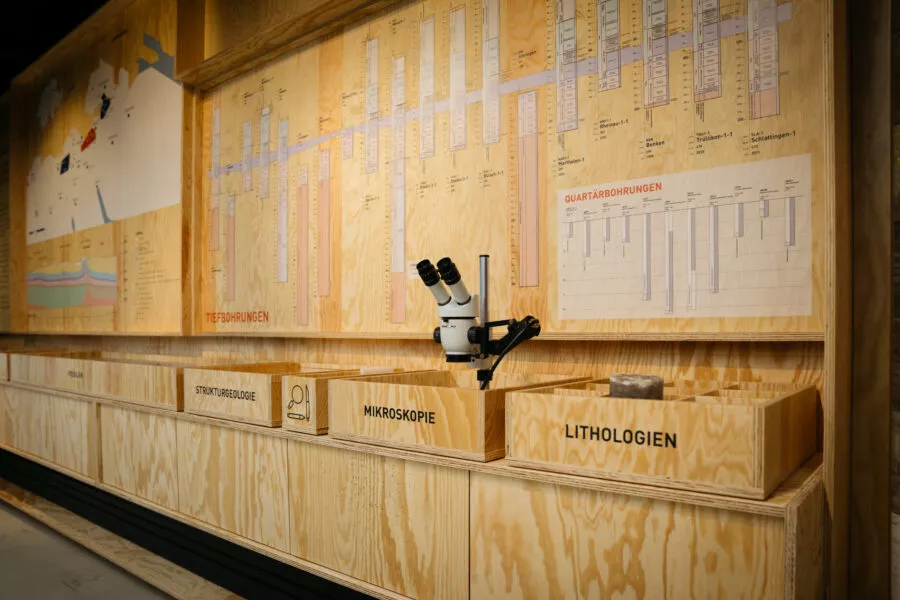
Could transmutation make a deep geological repository superfluous?
No, we would still need a deep geological repository. Even after the transmutation of the high-level waste, radioactive waste would remain, and this would still have to be disposed of in a deep geological repository.
Update
We would also need new nuclear reactors, but constructing them is currently prohibited in Switzerland. Transmutation is a technology that is currently being researched worldwide – for example by the Swiss company Transmutex. To date, no industrially mature transmutation reactor exists anywhere in the world. Nonetheless, it is a topic of great interest as it could significantly reduce the volume and longevity of the high-level waste. A deep geological repository would still be needed, however, because a transmutation reactor also generates radioactive waste. It would also be needed for Switzerland’s low- and intermediate-level waste as this cannot be transmuted.
Transmutation primarily concerns the spent fuel assemblies from the nuclear power plants, which account for the majority of Switzerland’s high-level waste. They are not only highly radioactive, but also long-lived. This is where transmutation could come in:
Step 1: Reprocessing of spent fuel assemblies
The fuel in a fresh uranium fuel assembly used in Switzerland’s nuclear power plants consists of 100 per cent uranium. A spent uranium fuel assembly still consists of around 95 per cent uranium. The remaining five per cent are fission products and transuranic elements generated during nuclear fission in the reactor. Some of these fission products and transuranic elements are highly radioactive and long-lived, which is why spent fuel assemblies have to be kept away from humans and the environment for hundreds of thousands of years.
With a new type of reprocessing plant, the high-level spent fuel assemblies could be mechanically dismantled and, in a chemical process involving multiple steps, split up into their individual basic components. The highly radioactive fission products and transuranic elements could then be extracted for transmutation purposes. Most of the remaining uranium could be reused to produce new fuel assemblies.
Step 2: Transmutation in the reactor
Transmutex is researching a reactor that would use the element thorium as its main source of fuel. A particle accelerator would set the reactor in motion and maintain the fission reaction, generating energy in the process. In this novel type of reactor, the highly radioactive and long-lived substances could be transmuted into substances that are still highly active but have shorter half-lives.
Step 3: Deep geological repository
A transmutation reactor also produces high-level radioactive waste. However, instead of isolating the waste from humans and the environment for hundreds of thousands of years, transmutation would allow reducing this time period to “only” a few centuries. Even then, a deep geological repository would still be needed. In addition to the high-level transmutation waste, low- and intermediate-level waste, which cannot be transmuted, would also be disposed of in the repository.
Transmutation in Switzerland?
Since the Swiss electorate approved the Energy Act in 2017, the construction of new nuclear power plants in Switzerland has no longer been authorised. Correspondingly, this Swiss legislation in its current form also makes it impossible to introduce transmutation technology.
The transmutation of the nation’s high-level waste would essentially amount to a return to nuclear energy in Switzerland as it would require a new type of reprocessing plant and several transmutation reactors. These nuclear facilities would have to be brought to industrial maturity standards and authorised in Switzerland. The facilities would require a site where they could be constructed and operated for many decades in order to transmute Switzerland’s high-level waste.
Conclusion
Transmutation is currently a theoretical option to reduce the volume and longevity of high-level waste. Switzerland’s current legislation does not permit the introduction of this technology. A transmutation reactor would also produce radioactive waste, which would have to be disposed of in a deep geological repository. Low- and intermediate-level waste cannot be transmuted and must also be disposed of in a repository. No matter what the future holds, Switzerland will still need a deep geological repository.



